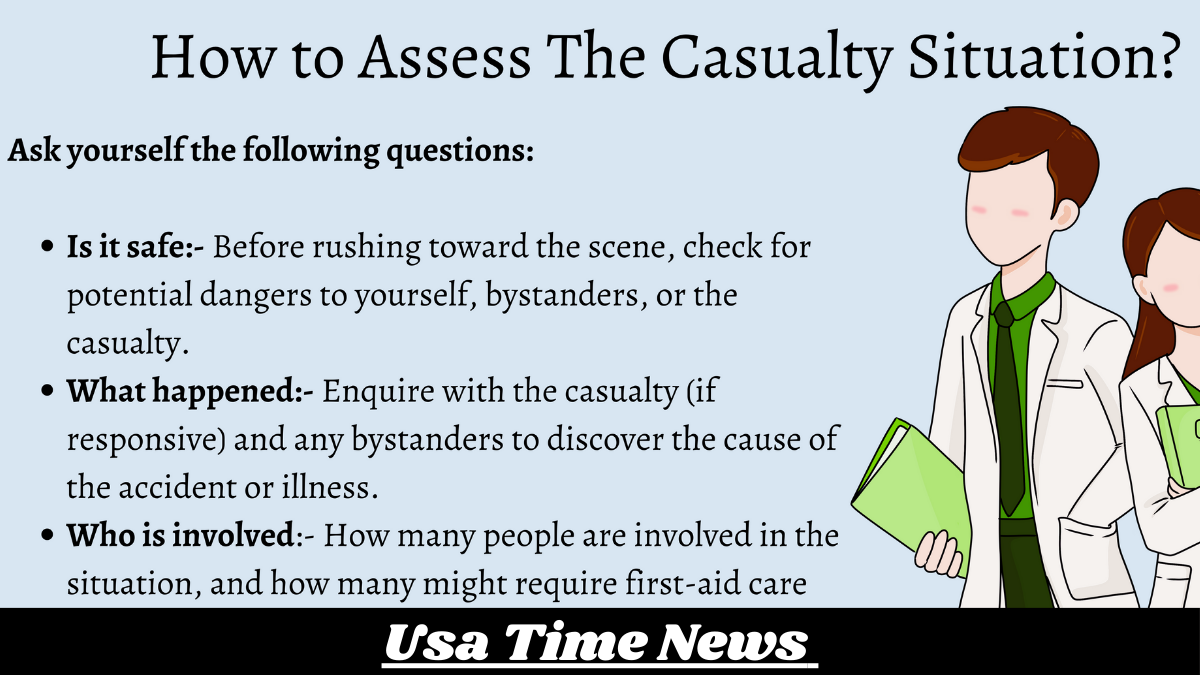When a more Qualified Person Arrives ON Scene, Which Statement Best Describes What Happens?1

In any professional or emergency situation, the arrival of a more qualified individual often brings a shift in dynamics and responsibilities. This scenario is common across various fields, from medical emergencies and firefighting to corporate environments and project management. The key question many people ask is, “When a more qualified person arrives on scene, which statement best describes what happens?” This article aims to explore the answer to this question in depth, providing insights into the processes and protocols that typically follow such an event.
The Role of Qualifications and Expertise
Qualifications and expertise are critical factors that determine the roles and responsibilities of individuals in any given situation. A more qualified person generally has more experience, training, or certification that makes them better suited to handle specific tasks or crises. Their arrival on scene often signals a transition in leadership and decision-making authority.
Understanding Hierarchical when a more qualified person arrives on scene, which statement best describes what happens?
In many organizations, there is a clear hierarchical structure that defines the chain of command. When a more qualified person arrives, this structure ensures that leadership is transferred smoothly to the individual who is best equipped to manage the situation. This transition is not just about respect for rank or position but about optimizing the chances of a successful outcome.
What Happens When a More Qualified Person Arrives?
When a more qualified person arrives on scene, several things typically happen to ensure a seamless transition and effective management of the situation. Below are some of the most When a more Qualified Person Arrives ON Scene, Which Statement Best Describes What Happens?:
Assessment and Briefing
The first step usually involves the new arrival When a more Qualified Person Arrives ON Scene, Which Statement Best Describes What Happens? a quick assessment of the situation. They will seek a briefing from the current leader or team members to understand the context, what actions have been taken, and the current status. This briefing is crucial as it ensures that the new leader is fully informed and can make well-grounded decisions moving forward.
Transfer of Command
In many cases, there is a formal transfer of command. This is particularly common in emergency services like firefighting, emergency medical services, and law enforcement. The current leader will formally hand over control to the more qualified individual, who then assumes responsibility for the scene. This process is often documented to maintain clarity and accountability.
Evaluation of Current Actions
The new leader will evaluate the actions taken so far to determine their effectiveness. They will consider whether the strategies and tactics being employed are appropriate or if adjustments need to be made. This evaluation is critical for ensuring that the situation is handled using the best possible approach.
Implementation of New Strategies
Based on their evaluation, the more qualified person may implement new strategies or modify existing ones. Their expertise allows them to identify more effective methods of managing the situation, which can lead to a more successful resolution. This step often involves clear communication with the team to ensure everyone understands the new direction.
Enhanced Decision Making
With their higher level of expertise, the new leader is often better equipped to make critical decisions. They can draw on their experience and training to navigate complex scenarios, making choices that are more likely to yield positive outcomes. This enhanced decision-making capability is one of the primary reasons why a more qualified person’s arrival is so valuable.
Maintaining Team Morale
A key aspect of leadership is maintaining team morale and cohesion. The new leader must ensure that the team feels supported and that their efforts are recognized. Effective communication and leadership skills are essential here, as they help in maintaining trust and cooperation among team members.




